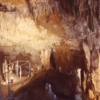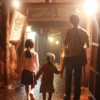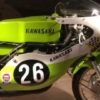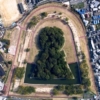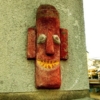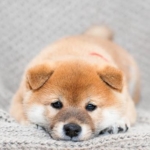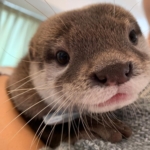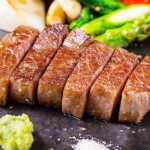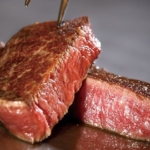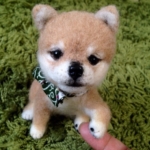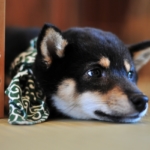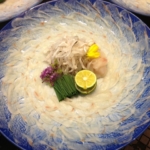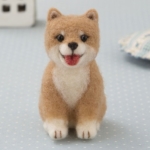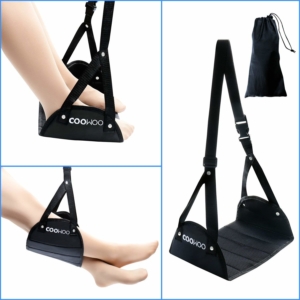Ikuno Silver Mine with Lots of Mannequins in Hyogo ⛏
Do you think what this handsome man is doing?
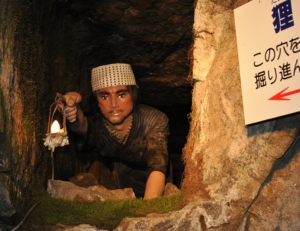
This is a mannequin, recreating a miner inside a mine in the north central part of Hyogo prefecture. 🔨
There are as many as 60 mannequins like this on the silver mine, which reproduce the mining process at that time in an easy-to-understand way.
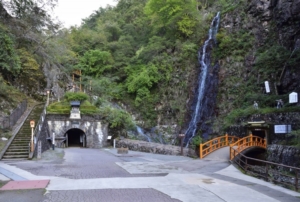
The Ikuno Silver Mine was one of the largest mines in Japan where mining had been continued for more than 400 years.
It has already been closed due to the deterioration of the quality of the ore, but it has been maintained for tourism and is now open to the public as a historic site.
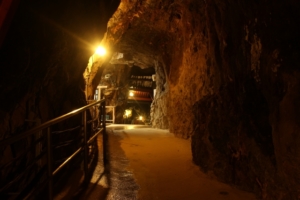
It is a hidden spot where you can walk around the remains of mine tunnels and mines, and see the mining process in each era.
Let’s go to the mining site right away!
History of Ikuno Silver Mine
First, let’s study the history of Ikuno Silver Mine.
The history of silver mine mining is said to date back to the 9th century, but full-scale mining began in the middle of the 16 century.
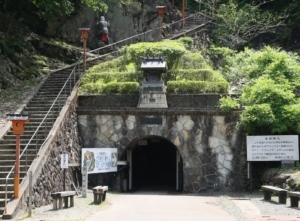
In the Edo period, it was under the direct control of the shogunate and supported the finance of the shogunate together with Sado gold mine and Iwami silver mine. Silver production peaked in the 1620s, producing 560 kilograms of silver a month.
In 1868, at the beginning of the Meiji Restoration, it became the first government-owned mine in Japan, and modernization was promoted by inviting French engineers. The stone gatepost now standing at the entrance to the Ikuno Silver Mine was built in 1876 as the main gate of the mine.
In 1896, it was sold to a private company and mining continued until 1973.
Let’a run into the Ikuno Silver Mine!
Inside the mine, the distance from the entrance to the exit is about 1 km, about 40 minutes. The temperature in the mine is a little low, about 13 degrees Celsius throughout the year, so you should bring a jacket in summer.
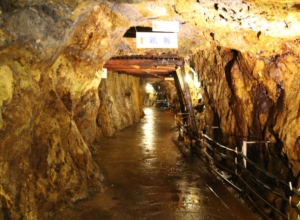
The mine is divided into “Edo Period Mining Zone", “Modern mining zone" and “Elevator zone". There are electric dolls and machines that reproduce the times, and you can see the mining scene in each era.

There are many narrow mines called “tanuki-bori" in the Edo period mining zone, and only one miner can pass through them, and the remains of fleas still remain on the rocks.
All the work of sending air and discharging water necessary for mining is done by human power, and you can feel the hardships of that time.

On the other hand, in the modern mining zone, machines such as rock drill and trolley, and large-scale mining using dynamite are exhibited.
The Ikuno Silver Mine tourist tunnel has a lot of exhibits. In particular, the reproduction of the mining work at that time by using many mannequins is realistic and we can’t help but look at it. Even the facial expression is elaborate and authentic!
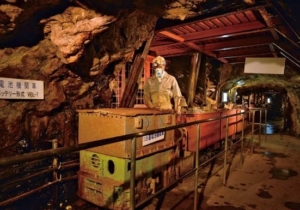
The distance to walk in the tunnel is as long as 1km, but it is so easy to walk that even a stroller or wheelchair can enter, and it is OK to bring a pet with you.
In fact, only a small part of the tunnels is open to the public, and if it includes the tunnels that are not open to the public, the total length is 350 kilometers and the depth is 880 meters. The distance of 350 kilometers is equivalent to the distance between Shin-Osaka and Shizuoka stations on the Tokaido Shinkansen.
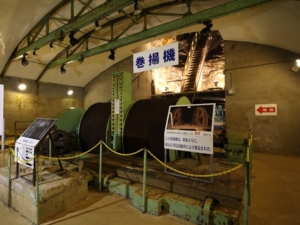
It is surprising that the huge hoist that used to move the elevator down to 880 meters underground is preserved as it was at that time.
This tunnel is now used not only for sightseeing but also as a warehouse for maturing sake.
Interesting 3 Museums
If you have time, let’s stop at the 3 museums on the site!
At the Kozan Museum (Mine Museum), various drawings and tools related to the Ikuno Silver Mine are displayed here, and you can learn more about the history of the mine.
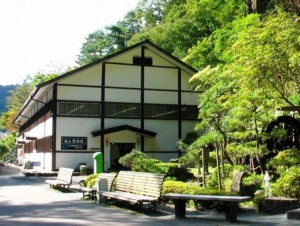
Kozan Museum (Mine Museum)
The huge 3-D model of the mine interior is a must-see. It vividly reproduces working people in the nest-like mine. (Scale: 1/15, Height: 568 cm, Width: 1440 cm)
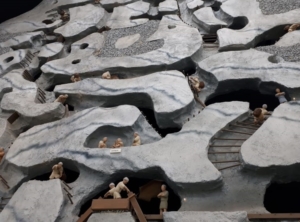
It’s a work that requires manpower in the dark underground. You can see how each person is sharing many kinds of work.
The Fukiya Museum (Refining Museum), which stands facing the mining museum, is a facility that reproduces the appearance of a silver smelter.

Fukiya Museum (Refining Museum)
At the Ikuno Silver Mine Museum, in addition to the minerals from the Ikuno Silver Mine, large mineral specimens collected from all over Japan are exhibited.
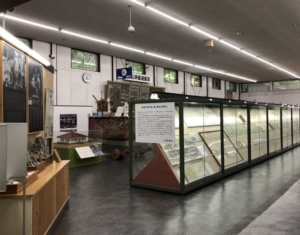
Ikuno Silver Mine Museum
You can also go inside the full-size tunnel model of tanuki-bori.
On the 1st floor of the Ikuno Silver Mine Museum, there is a shop where you can easily experience making silver accessories using pure silver.
The female staff will support you politely, and you can make great silver accessories in about an hour.
If you go to Ikuno Silver Mine where you can experience something extraordinary like this, you will be able to discover something new!
Information
- Hours: 9:00~17:30 (Apr. to Oct.), 9:00~17:00 (Nov.), 9:30~16:30 (Dec. to Feb.), 9:30~17:00 (Mar.)
- Closed: Tuesdays only for 3 months from Dec. to Feb. (If Tuesday is a national holiday, the following day is closed.)
- Admission: 900 yen for general, 600 yen for junior high and high school students, 400 yen for elementary school students
- Website
Dinosaur Wonderland in the Cave – Wakayama 🦕


